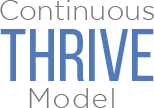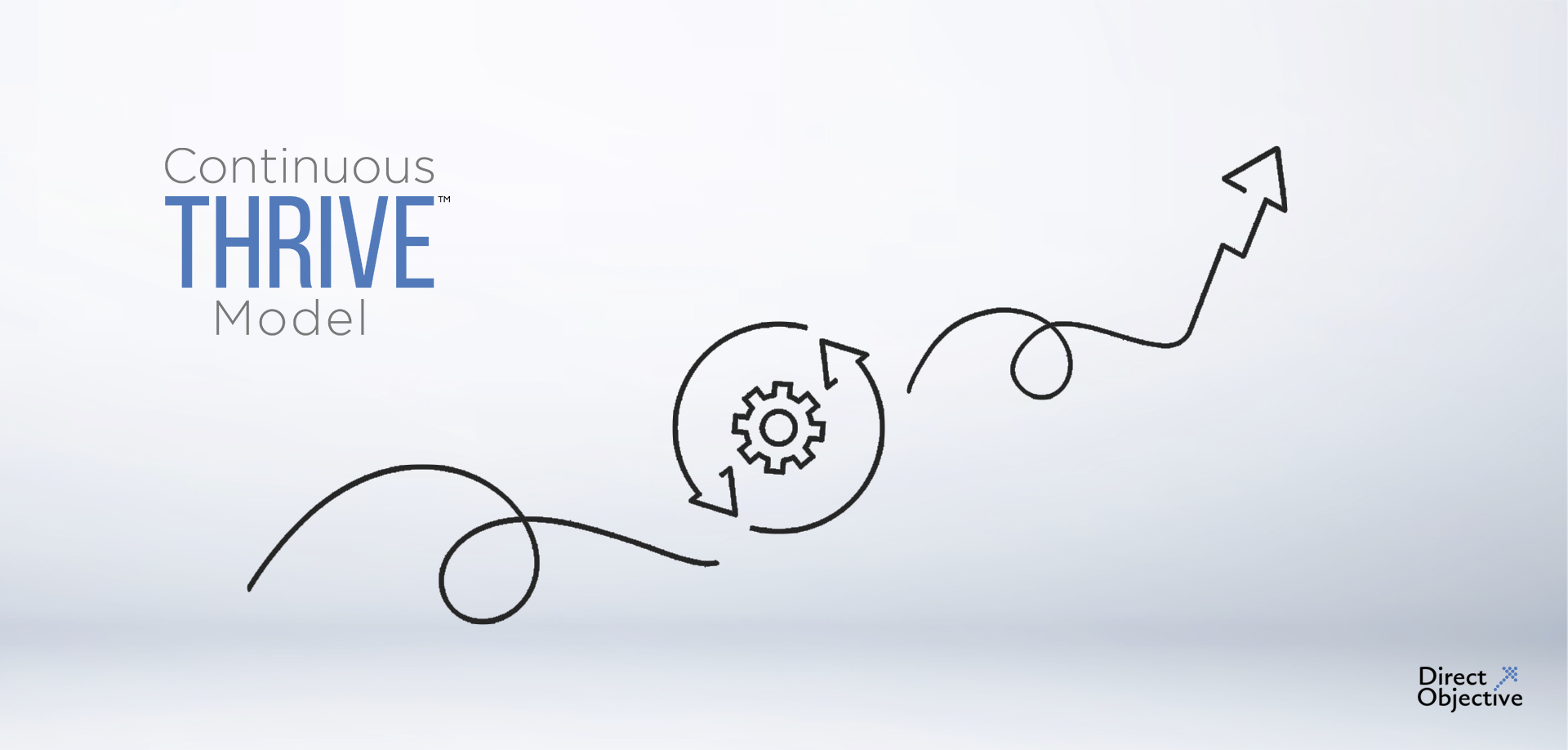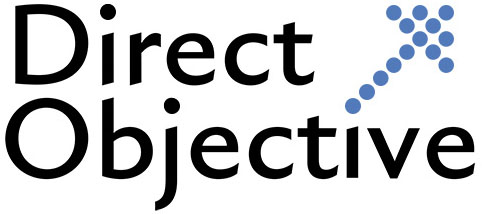What is Operational Excellence?
Operational Excellence (OpEx) is the structured application of strategies, tools, culture, behaviours, mindsets, and daily practices to improve organizational performance and foster a culture of ongoing improvement. The concept dates back to the 1970s when Dr. Joseph M. Juran taught Japanese business leaders how to improve their operations. However, it didn’t gain widespread recognition until the 1980s when it became a hot topic in the US.
Why Operational Excellence Matters to B2B Businesses
The concept is based on empowering employees to recognize, deliver, and continuously enhance the value a business provides to its customers. This can be a significant driver of sustainable growth for businesses, especially during periods of economic turbulence. For B2B companies, it serves as the foundation for efficiency, scalability, and a strong competitive edge.
However, achieving operational excellence is easier said than done. Let’s take a real-life example: An RBC report suggests that Canadian companies are experiencing a major productivity gap when compared to the US. One of the biggest roadblocks is the gap between the go-to-market (GTM) strategy and execution. The result? Inefficiencies that lead to stalled growth and missed opportunities.
However, operational efficiency is not a myth and can be achieved by bridging the same GTM strategy-execution gap. The Continuous THRIVE Model is a comprehensive framework designed to help B2B organizations reach OpEx. Here, we’ll explore how this model can transform your company and close the strategy-execution gap for steady, sustainable growth.
Understanding the Go-to-Market Strategy-Execution Gap
This term refers to the disconnect between the way a business plans to implement its strategic plan, and the real-life result. This gap has far-reaching implications. It not only prevents the success of revenue goals but also results in missed growth opportunities.
Introducing the Continuous THRIVE Model
This is where Continuous THRIVE, an operational excellence model, comes into the picture. Direct Objective Consulting has built this model around six key driving factors:
- Technology: Leveraging new technologies, including automation and AI, to boost performance.
- High-Quality Data: Collecting and analyzing data in a quality and timely manner to make informed decisions.
- Revenue Diversity: Ensuring growth through diversification of revenue streams based on market changes.
- Inclusion: Creating a culture of inclusion and collaboration by involving clients, employees, and partners.
- Value: Delivering differentiated and measurable value that resonates with stakeholders.
- Engagement: Focusing on long-term relationships, continuous education, and retention to supercharge growth.
Benefits of The Continuous THRIVE Model for Achieving Operational Excellence
Achieving operational excellence using the THRIVE Model unlocks a range of benefits that position B2B businesses for long-term success:
Improved Efficiency and Scalability
The THRIVE Model focuses on streamlining operations through technology, data-driven decision-making, automation, optimizing workflows, and eliminating redundancies. This enables businesses to be agile enough to adapt to changes promptly and to grow without compromising on performance or quality.
Enhanced Customer and Stakeholder Satisfaction
By aligning teams through inclusion and engagement, and prioritizing value creation, businesses can ensure a seamless customer experience and build stronger relationships with stakeholders. The result is increased trust, loyalty, and customer retention.
Greater Innovation and Adaptability in Changing Markets
The Continuous THRIVE Model encourages a proactive approach to change by fostering a culture of constant learning, analysis, and evolution. This enables businesses to stay ahead of emerging trends and seize new opportunities faster than their competitors.
Sustained Revenue Growth and Diversification
By focusing on revenue diversity as a key pillar, the Continuous THRIVE Model equips businesses with strategies to reduce reliance on a single income source and build a more resilient financial structure. For example, employing strategies such as expanding to new sales channels, diversifying product/service offerings, and creating recurring revenue models can become a mechanism for reducing risks and creating sustainable growth.
How to Get Started
Embarking on the journey toward operational excellence with the Continuous THRIVE Model begins with a clear plan of action:
1. Conducting a Business Audit
The first step is to take a comprehensive look at your current operations. This business audit should evaluate how well your processes, teams, and technologies are aligned with your strategic goals. Are there workflow inefficiencies? Are communication gaps causing delays?
2. Identifying the Areas Most Affected by the GTM Strategy-Execution Gap
Once we have a clearer understanding of your operational landscape, we will focus on the most impacted areas. These could include misaligned sales and marketing, outdated customer engagement strategies, or unclear value propositions. Addressing these is the quickest way to close the gap and drive operational efficiency.
3. Engaging with Experts to Implement the THRIVE Model
Implementing the Continuous THRIVE Model effectively requires collaborating with professionals who understand the nuances of the model and can guide your organization in adopting its principles. From introducing newer technologies to fostering stakeholder inclusion, our experts can help tailor the THRIVE Model to your unique needs, ensuring a seamless transition to OpEx.
Operational Excellence: Tying It All Together
The cumulative benefits of using the Continuous THRIVE Model create a powerful competitive advantage. By taking the above actionable steps, your organization will be well on its way to bridging the GTM strategy-execution gap. Remember, the journey starts with a commitment to improvement, the right tools, and guidance to make it happen.
Ready to take the next step toward operational excellence?

Download our white paper, “Bridging the Operational Gap and Driving Growth” to gain in-depth insights on how your organization can benefit from this model.




